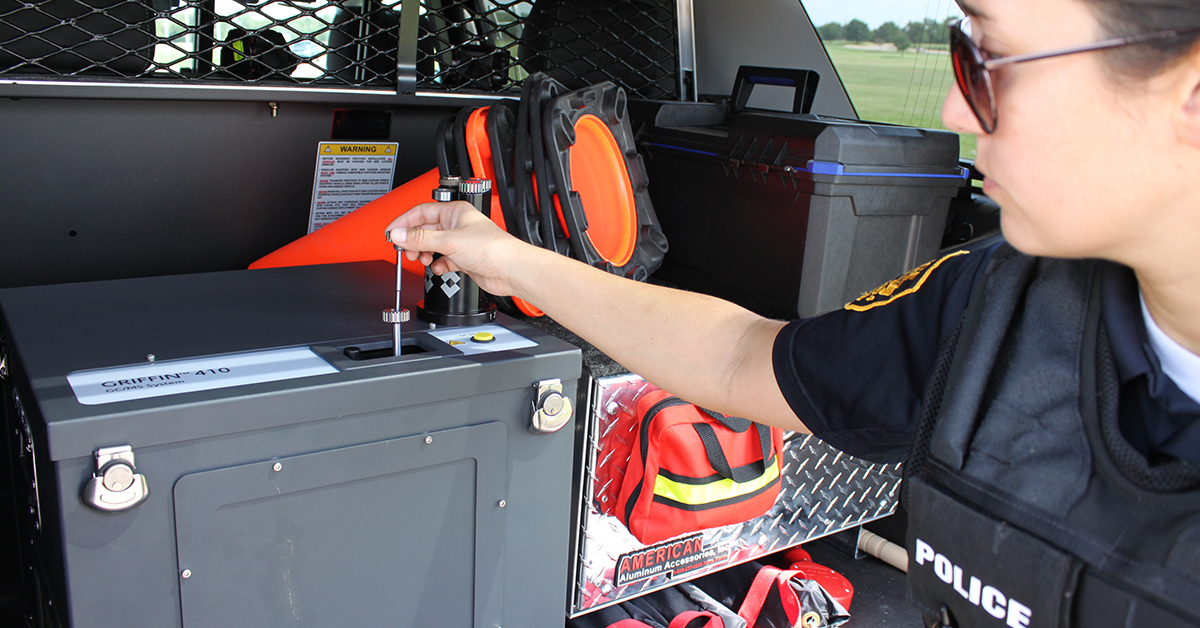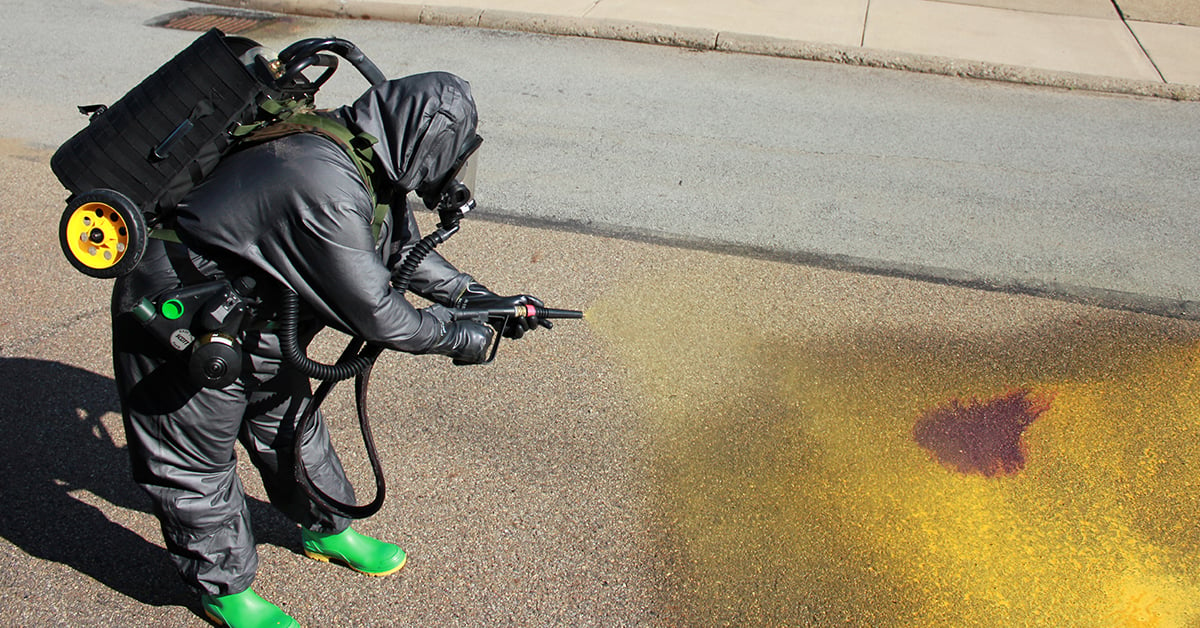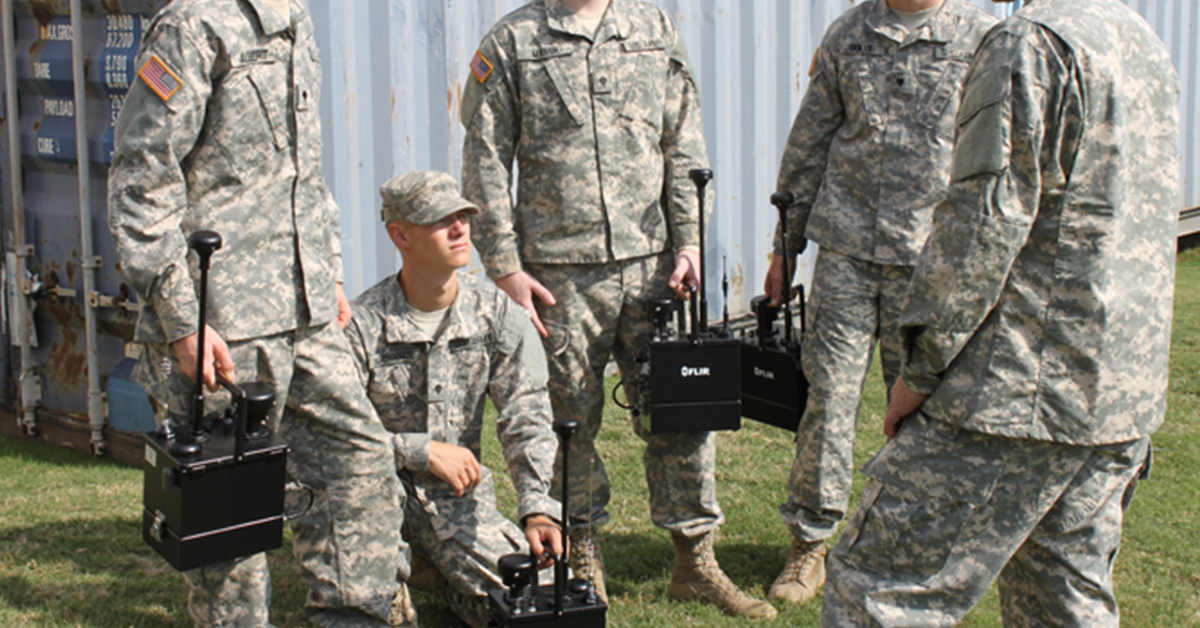TrueTrace® Technology

TrueTrace® is a patented, multiplexed luminescence technology used in all FLIR Fido® X-Series handheld explosives trace detectors. Each TrueTrace sensing material is uniquely formulated to react to a specific class of explosives. The slightest change in luminosity is measured to determine the presence of invisible explosives residue. TrueTrace enables Fido X-Series detectors to deliver fast and accurate screening results to mass transit checkpoints, sporting arenas and critical infrastructure.
A Closer Look at TrueTrace Technology
What technology is used for portable trace detection?
IMS-based ETDs and canines are used to screen for explosives due to their speed of detection and sensitivity. Colorimetric indicators are deployed in screening scenarios because of their ease of use and ability to detect small bulk levels of explosives. TrueTrace-enabled ETDs combine sensitivity, speed, and ease of use for checkpoint screening applications.
What is checkpoint screening?
A number of complementary techniques such as canines, ion mobility spectrometers (IMS), mass spectrometers (MS), and x-rays are used in checkpoints. Handheld explosive trace detectors (ETDs) provide portable screening capability for entry control checkpoints, random screening checkpoints, and elevated threat patrol.
How are handheld explosives trace detectors used at a checkpoint?
Front line operators collect surface residue from first touch areas on vehicles, laptops, bags, cell phones, belts, crates, boxes, letters, and other items using a sample ticket. The ticket is inserted into an ETD that analyzes the residue and presents an all-clear response or threat alarm.
What are the key advantages of TrueTrace?
TrueTrace detects a broad range of explosives at trace levels that are invisible to the operator. It detects many emerging explosive formulations without modification, to protect against future threats. TrueTrace also maximizes system availability during high-threat scenarios with quick three-minute start-up, fast ten-second analysis, and rapid, reliable clear-down that is measured in seconds.
How Does It Work?
- Using a sampling swipe (A), trace particles are collected from a surface and concentrated onto the swipe. The sampling swipe is inserted into the detector (B) for analysis. As the particles are heated, they vaporize and are drawn into the detector.
- When the vapor enters the system, explosive molecules are swept across the TrueTrace detection materials.
- The change in response on each detection channel is measured and analyzed by the detector.
- If the molecule does not interact in a specific way with the TrueTrace material, the detector will report “NO THREAT FOUND.
What are Amplifying Fluorescent Polymers (AFP)?
FLIR utilizes amplifying fluorescent polymer (AFP) technology licensed from the Massachusetts Institute of Technology (MIT) as part of its ultra-sensitive suite of detection materials. AFP consists of many fluorescent molecules linked together to form a 'wire' that communicate with each other electronically. When any one of the molecules in the wire interacts with a molecule of explosive, all of the molecules in the wire stop emitting light. This is similar to an old-fashioned string of Christmas lights that all go out when a single bulb burns out. A single explosive molecule switches off the fluorescence of multiple fluorescent molecules in the chain. An extremely small amount of explosive can trigger a measurable reduction in light output, enabling FLIR's TrueTrace technology to provide best-in-class sensitivity.


